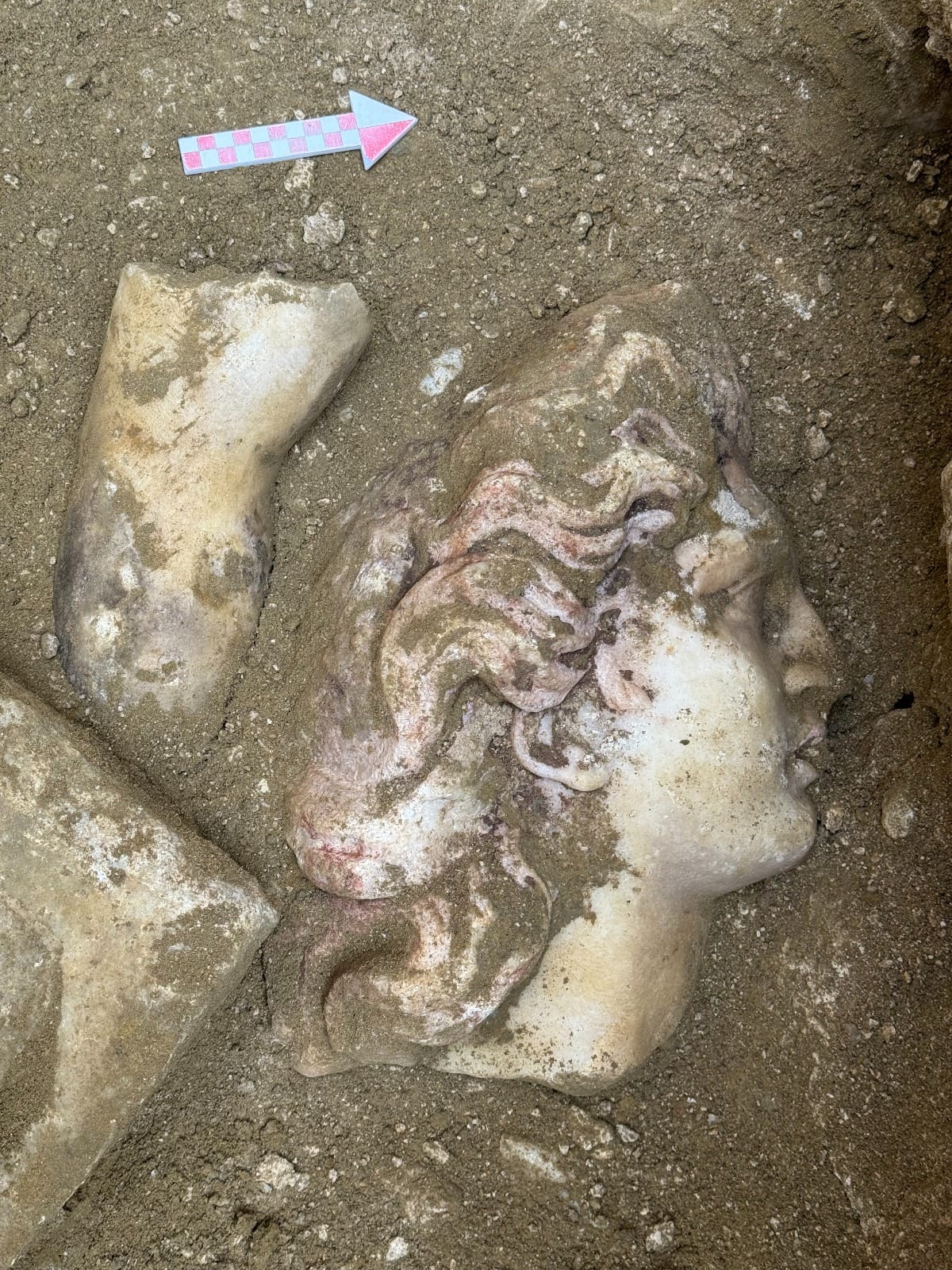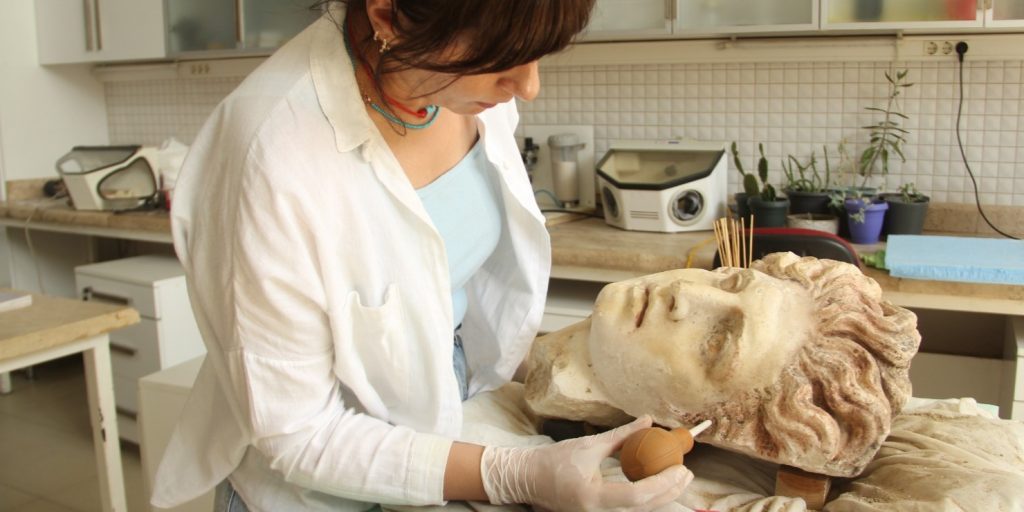These new discoveries shed light on ancient myths and artistic heritage.
Others are reading now
Ongoing archaeological work in the ancient city of Laodicea, located in Turkey’s Denizli Province, has led to a remarkable discovery: colorful Scylla statues.
These ancient sculptures were uncovered during the restoration of the Western Theater’s stage building, which dates back to the second century BCE.
The find is part of the “Legacy for the Future Laodicea Project,” a major initiative to preserve the site’s rich history.
A Glimpse Into Laodicea’s Past
Laodicea was founded by Antiochus II Theos of the Seleucid Empire between 261-253 BCE in what is now Denizli Province, Turkey.
Also read
What is now a site of ruins was once a bustling trade center in Asia Minor. The city thrived under Roman control after the Roman–Seleucid War and became one of the region’s most important commercial hubs.
Today, Laodicea is known for its well-preserved ancient structures, including a stadium, bathhouses, temples, two theaters, and a bouleuterion.

The Scylla Statues
Led by Professor Celal Şimşek of Pamukkale University, the excavation revealed a series of intricately designed Scylla statues.
These statues, dating back to the early 2nd century BCE, are particularly notable for being preserved with their original painted colors—a rarity in ancient art.
The statues are believed to be the work of Rhodian sculptors Athanadoros, Hagesandros, and Polydoros, who are also credited with creating the famous Laocoön and His Sons sculpture.
In Greek mythology, Scylla is a fearsome sea creature with a woman’s upper body and a lower body encircled by the heads of six wild dogs. According to Homer’s Odyssey, she lives in a cave along a narrow strait, opposite the deadly whirlpool Charybdis. Sailors navigating these dangerous waters, including Odysseus, often fall prey to Scylla’s vicious attacks.
The newly discovered statues include depictions of Scylla’s head and hand, the body of Odysseus, and parts of a ship’s prow, vividly capturing the moment when Odysseus’s crew is attacked by Scylla’s dogs.
“The Scylla Group’s detailed representation, including the painted colors and the realistic portrayal of the attack, is truly remarkable,” Professor Şimşek told Archaeology News.
Minister of Culture and Tourism Mehmet Nuri Ersoy expressed excitement over the find, saying: “These extraordinary sculptures are quite important in terms of being rare works that reflect the baroque style of the Hellenistic Period and have survived to the present day with their original paints.”
Changing Religions
The Scylla statues in Laodicea are not only the earliest and most original of their kind but also provide insight into the cultural transition from paganism to Christianity.
The discovery of broken statues discarded beneath the theater’s stage suggests that these sculptures may have been intentionally damaged during this period of religious change.
The only other known Scylla statue group was found in Sperlonga, Italy, in 1957 and dates from the early Roman period.
But the statues uncovered in Laodicea, believed to date from the late Hellenistic to early Imperial periods (27 BCE to 14 CE), are considered older and even more significant.


